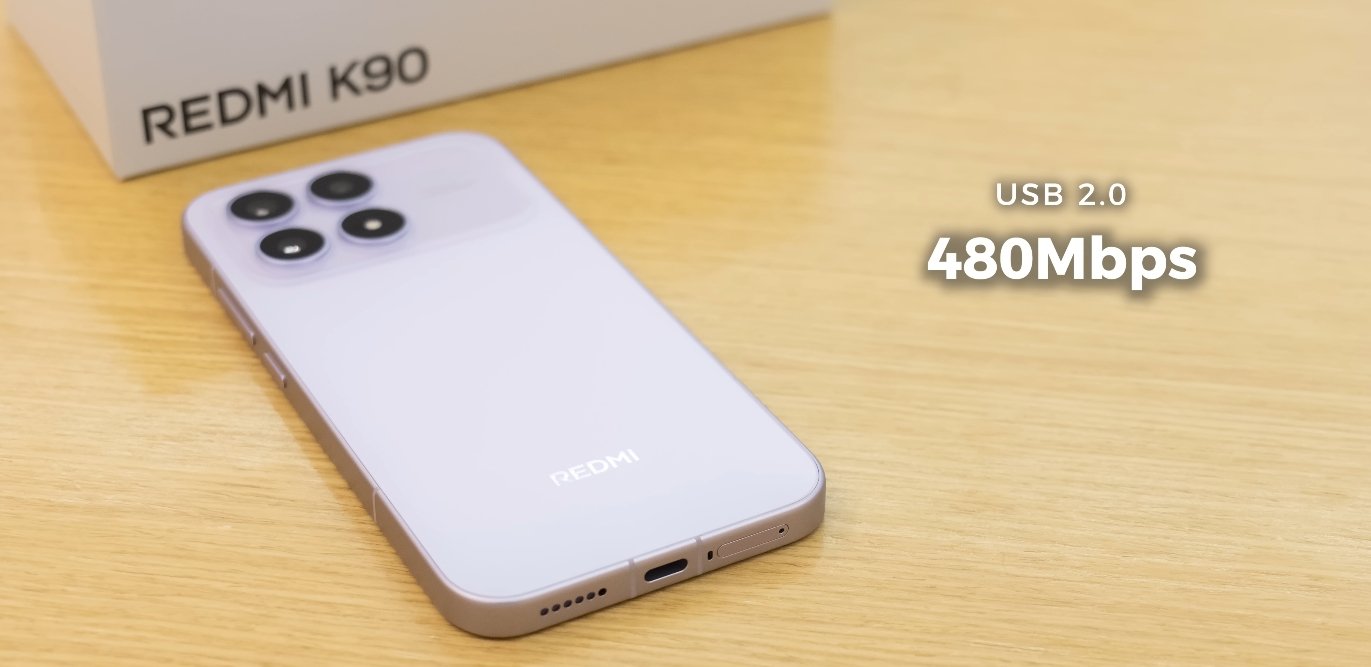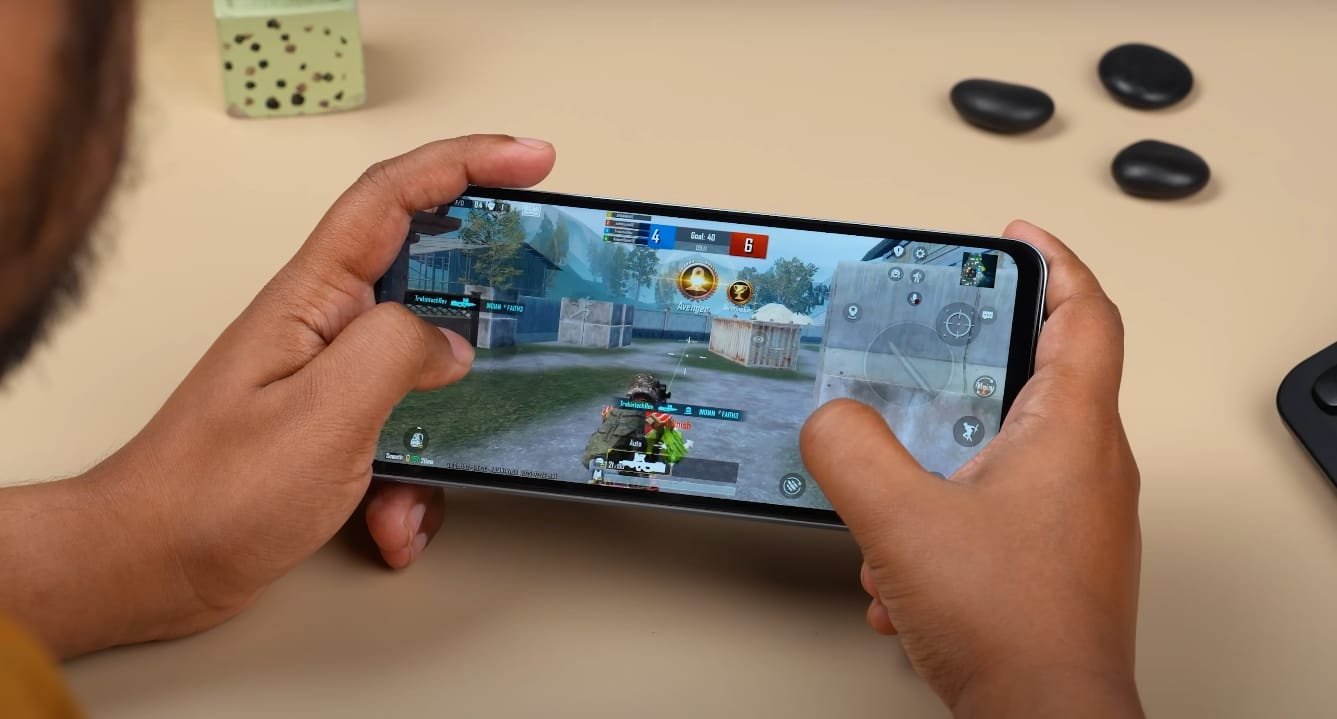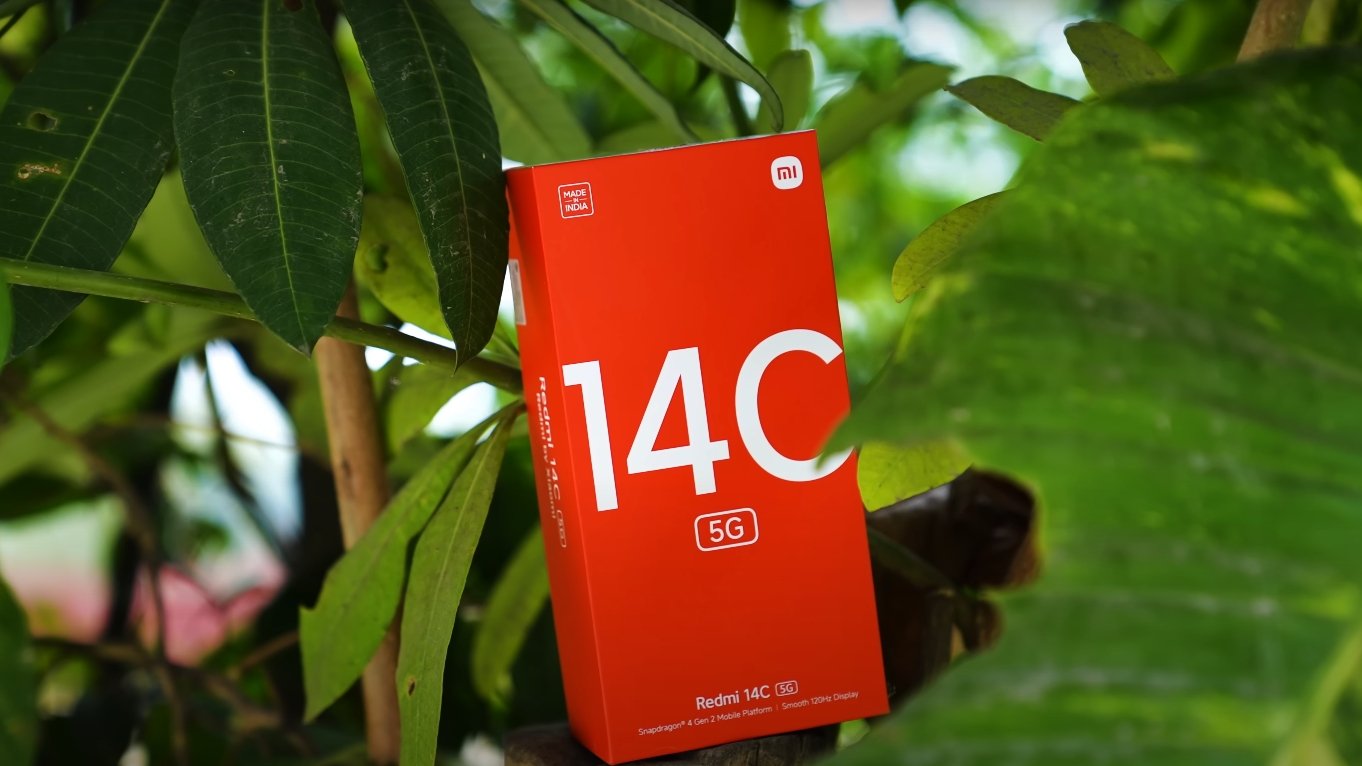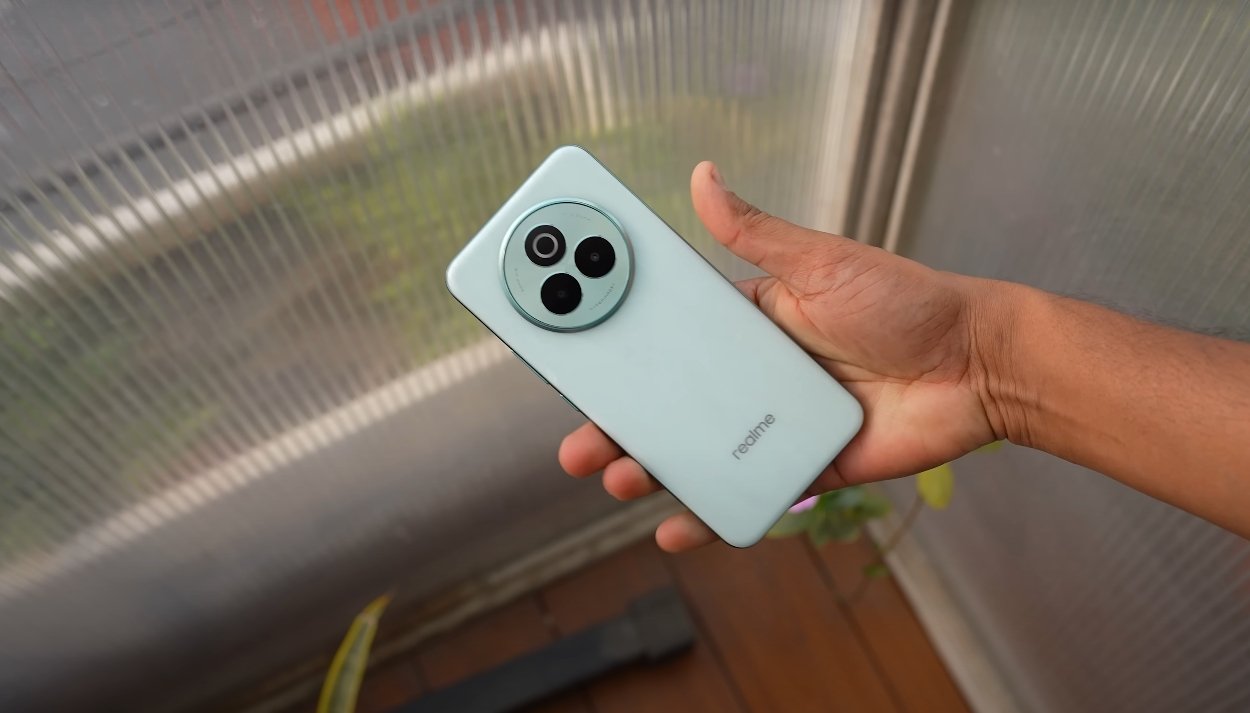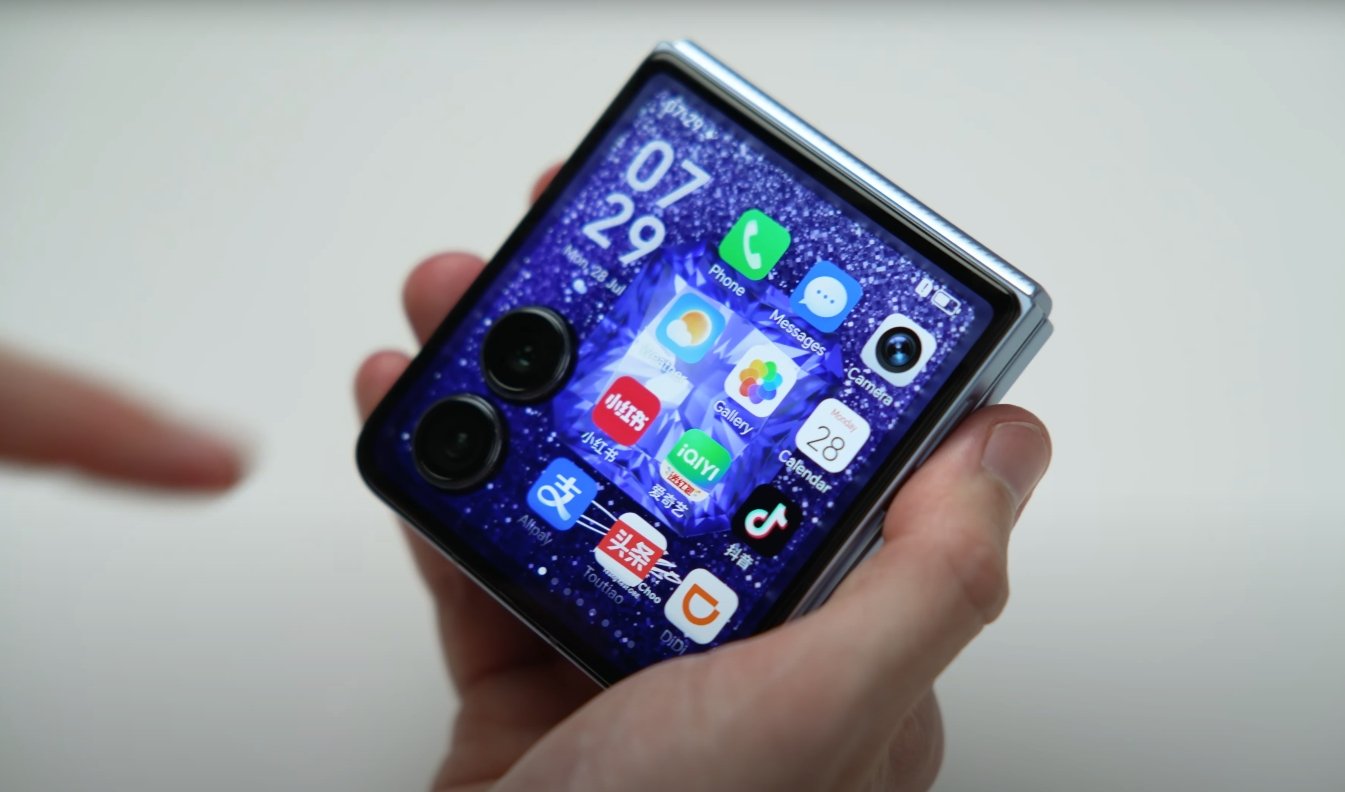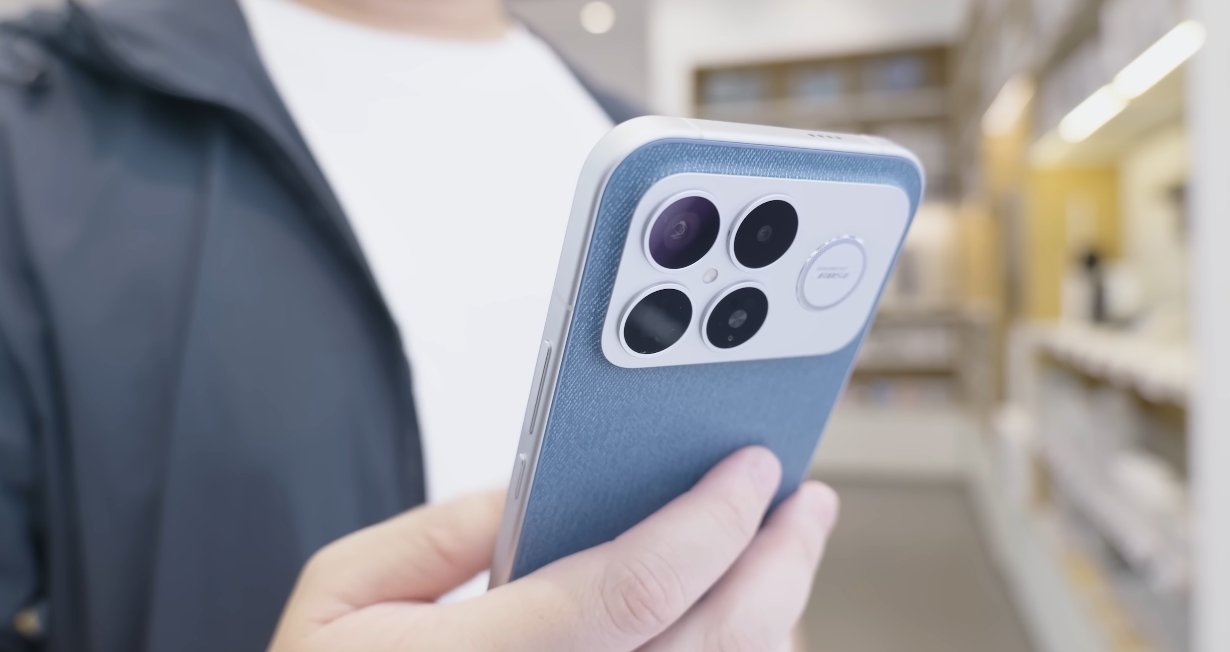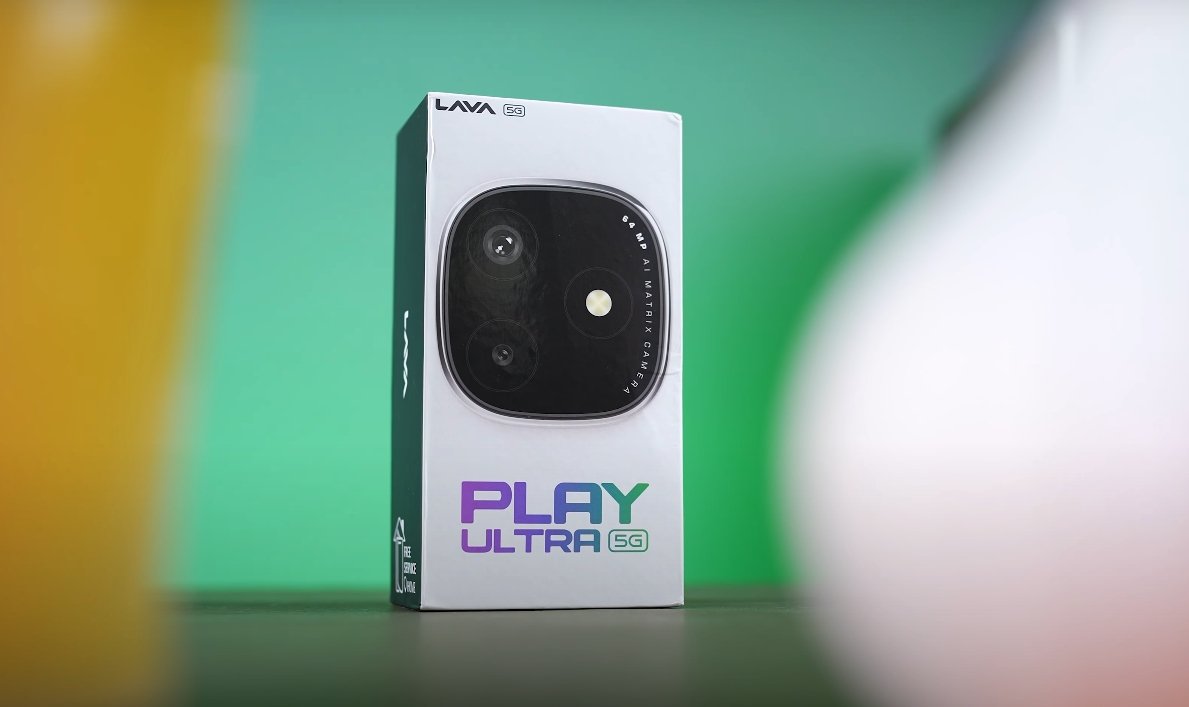What American buyers should know before importing the Redmi K90 Pro Max
The Redmi K90 Pro Max has captured attention worldwide for its top-tier specifications, attractive pricing, and aggressive performance profile. However, for buyers in the United States, the experience of owning this phone is not as straightforward as in other regions. While the K90 Pro Max stands out for its impressive value proposition, it also comes with several hidden trade-offs that American users need to understand before importing one. These trade-offs revolve around three key aspects — service and warranty support, software updates, and resale value.
The first and most significant issue for US buyers is the absence of official support from Xiaomi or its Redmi sub-brand in the country. Since Xiaomi does not officially sell smartphones through authorized distributors in the US, any Redmi K90 Pro Max purchased in the States would have to be imported from international retailers. This means that users cannot rely on local after-sales service or warranty coverage. If the device develops a hardware fault, the only option is to ship it back to the original seller or an overseas service center, which can take weeks and cost extra. Even minor issues like screen damage or battery failure can turn into expensive repairs without local service access. For those used to the convenience of US-based service centers, this is an important drawback that reduces the long-term practicality of the device.
Another layer of complication comes from software and firmware updates. The Redmi K90 Pro Max, while running Xiaomi’s HyperOS based on Android, receives updates according to regional release schedules. Devices sold in China or other Asian markets often get updates earlier than imported units used in unsupported regions like the US. This delay can result in American users waiting longer for critical security patches or major operating system upgrades. Moreover, some features are region-specific and might not function properly outside their intended zones. For example, certain AI features or integrated services may not appear at all on imported units. US users who are comfortable manually updating firmware or flashing global ROMs may manage this limitation, but those who prefer plug-and-play convenience could find the software experience less consistent than with officially supported brands.
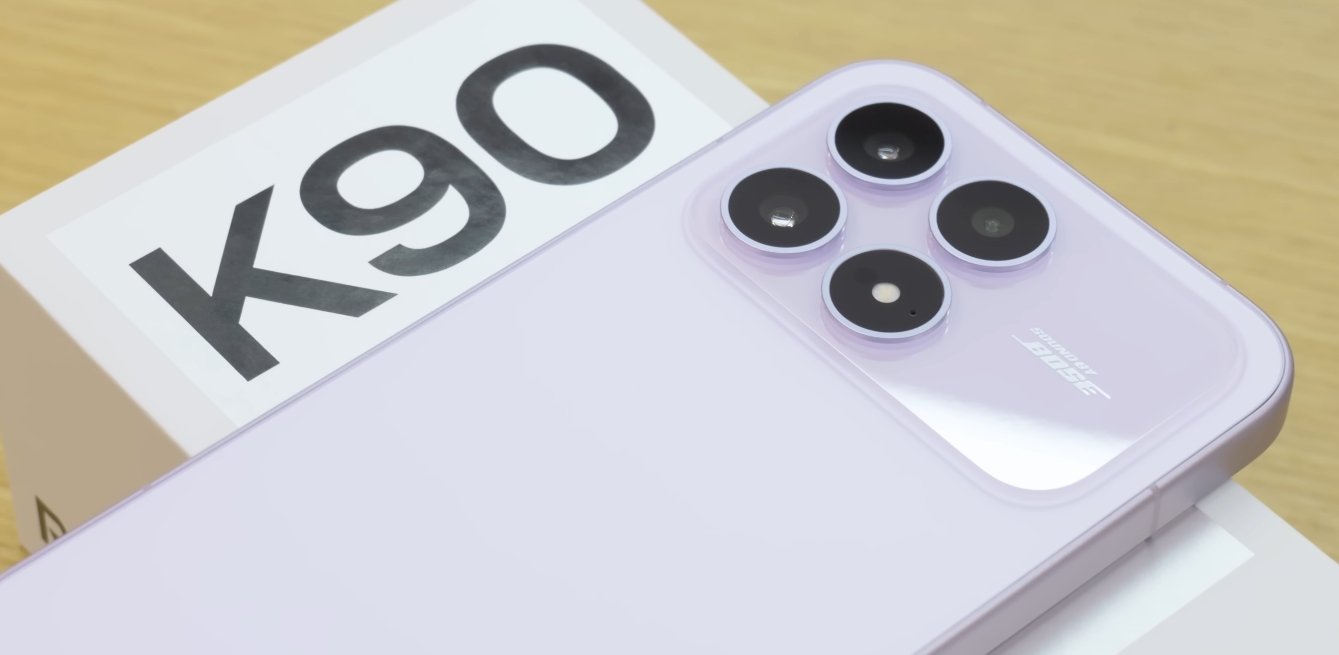
Network compatibility is another concern intertwined with the user experience. While the K90 Pro Max supports a wide range of 4G and 5G bands, it lacks full certification with major US carriers like Verizon, AT&T, and T-Mobile. As a result, features such as VoLTE or Wi-Fi calling may not work reliably, and some users might experience reduced signal quality in specific regions. This doesn’t make the phone unusable in the US, but it does mean that connectivity performance can vary depending on the carrier and location. For business users or travelers who depend on stable network performance, this is a key limitation to consider before importing.
The resale value of imported phones is another hidden trade-off that many buyers overlook. Since the Redmi K90 Pro Max is not officially distributed in the US, resale demand is limited. Potential buyers are often cautious about imported devices because of warranty, carrier, and compatibility uncertainties. As a result, even though the phone may perform on par with premium US models, it depreciates faster. For example, a flagship device from Apple or Samsung retains higher resale value partly because of official US market presence, service infrastructure, and recognized warranty coverage. Imported phones like the K90 Pro Max, on the other hand, appeal mostly to niche tech enthusiasts, which limits resale opportunities and pricing power.
Despite these drawbacks, many US buyers are still drawn to the Redmi K90 Pro Max because of its sheer value proposition. The phone offers high-end specifications — including a flagship processor, large battery, fast charging, and premium display — at a fraction of what comparable US models cost. For users who are confident in handling potential software quirks, willing to forgo local support, and planning to use the device long-term, the trade-offs can be acceptable. It becomes an especially attractive option for tech-savvy users who want cutting-edge performance without paying flagship prices.
However, for buyers expecting full US market integration — local warranty, immediate updates, and strong resale prospects — the K90 Pro Max is less ideal. The absence of official service channels and potential network limitations make it a phone best suited for enthusiasts rather than mainstream consumers. Those who prioritize convenience and official support might find better value in phones designed for the US market, even if they cost more upfront.
In conclusion, the Redmi K90 Pro Max delivers exceptional hardware and performance but comes with practical trade-offs that American buyers cannot ignore. Lack of local service, delayed software updates, and weaker resale value make it less convenient compared to officially supported smartphones. Still, for US users who prioritize raw performance and affordability over full market support, it remains a tempting choice. The key is knowing what you’re trading off: a bit of convenience and certainty for an unbeatable combination of price and power.
Also Read: How the Redmi K90 Pro Max display specs stack up against US-market flagships
